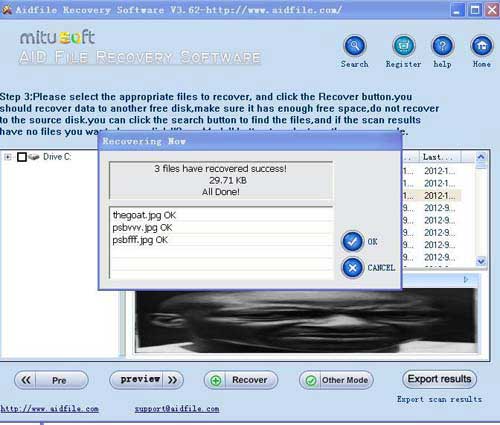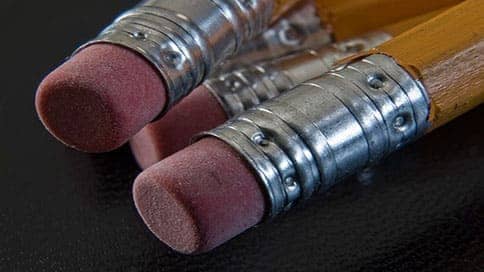
We will begin by removing an image file named nosdos.jpg from the /boot/images directory: # cd images Once the installation has completed, let’s proceed with a simple test. Whereas in Debian and derivatives, just do # aptitude install foremost To install foremost in CentOS/RHEL 7, you will need to enable Repoforge first: # rpm -Uvh

Let’s take a look at foremost, a forensics tool that was designed for this kind of scenarios. However, if you realize you accidentally removed a file in your system and are going to panic – don’t. Hopefully, you will be careful with your files and will only need to use this tool while recovering a lost file from an external disk or USB drive. ~/.bashrcĪctive Alias in Linux The forensics tool – Foremost In order for the changes in ~/.bashrc (or ~/.profile) to take effect immediately, source the file from the current shell. To make the change permanent, you will have to save it to ~/.bashrc (some distributions may use ~/.profile instead) as shown below: Add Alias Permanently in Linux However, this will only last during the current user session in the current shell.

The alias command will confirm that rm is now aliased: Add Alias rm Command To replace rm with an alias to 'rm -i', do: alias rm='rm -i' In that case, I’m sorry but this tip will not protect you from your own carelessness. This prompt gives you a second chance to consider if you actually want to remove the file – if you confirm the prompt, it will be gone.


 0 kommentar(er)
0 kommentar(er)
